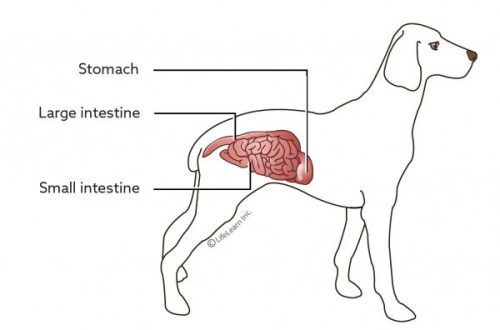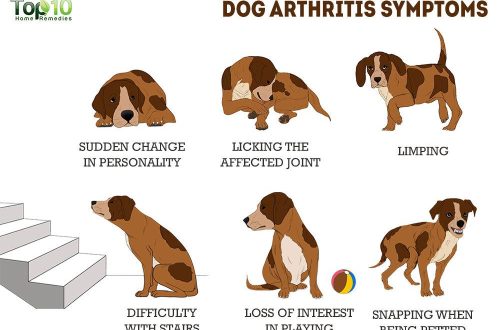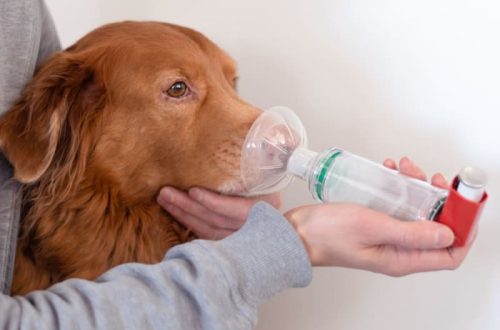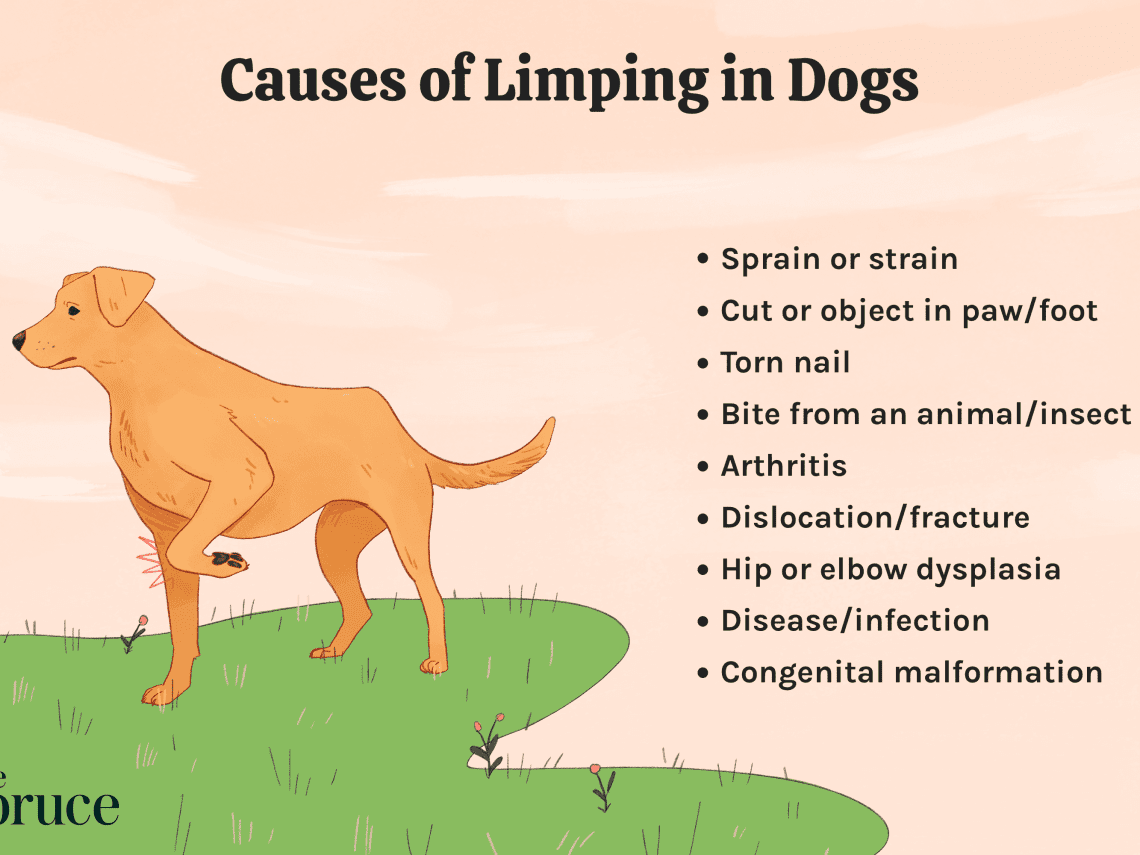
The dog is lame. What to do?
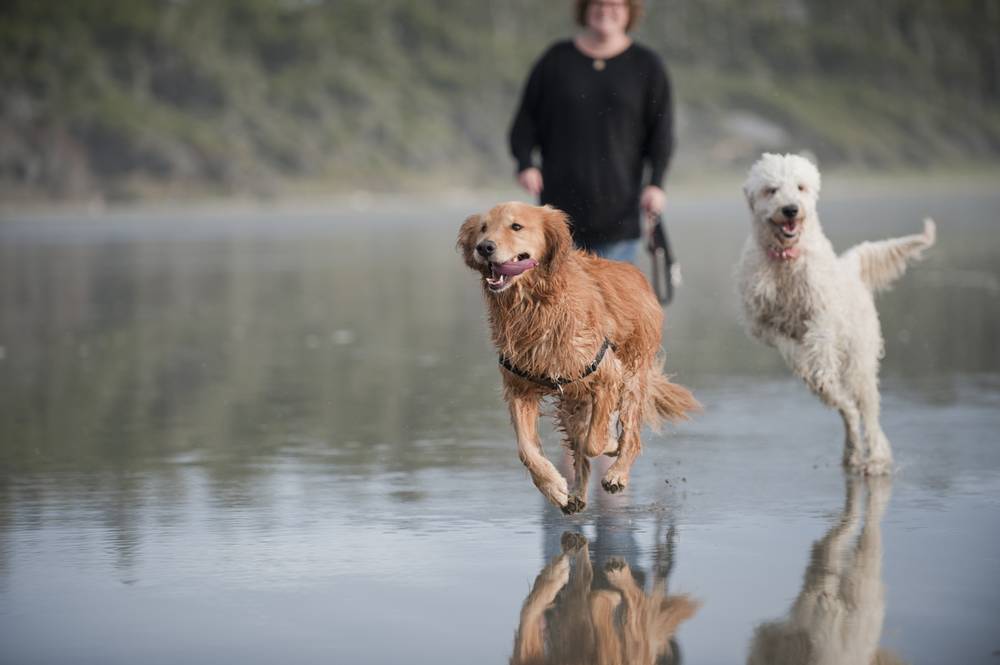
Lameness can be observed with violations:
- In the soft tissues of the limb: trauma to the pads, claws, bites of stinging insects and snakes, inflammation or infection associated with the presence of a foreign body (most often cereal seeds or splinters in the interdigital space), with tumors of the skin and soft tissues;
- In bone tissue: fractures and fissures, bone neoplasms (osteosarcoma), osteomyelitis, osteodystrophy;
- In muscles and ligaments: injuries (stretching, ruptures), inflammatory immune-mediated diseases of muscle tissue (lupus), muscular dystrophy, systemic infections (toxoplasmosis, neosporosis);
- In the joints: injuries, immune-mediated joint diseases (lupus), bacterial and fungal infections, congenital anomalies, dysplasia, osteoarthritis, degenerative joint diseases;
- In case of violation of innervation: injuries of the spine and spinal cord, diseases of the intervertebral discs, tumors of the nervous tissue.
Contents
There are 4 degrees of lameness:
- Weak, almost imperceptible;
- Noticeable, without violation of support on the limb;
- Strong, with impaired support on the limb;
- Complete lack of support on the limb.
What to do if the dog starts to limp?
If the dog began to limp suddenly, after or during a walk, without obvious injuries, then you should carefully examine the paw pads, interdigital spaces and claws. Often the cause is cuts, splinters, bites of stinging insects or broken claws “under the root”. Contact the clinic depending on the situation.
If the lameness is mild and occurs only after exertion (for example, after a long walk), then it is better to make a video, which will help the doctor assess the condition of the dog, since it will not be possible to see such lameness during an appointment at the clinic.
Diagnosis of the causes of lameness
First of all, a complete clinical and orthopedic examination will be carried out to diagnose the causes. Depending on the cause, x-rays, neurological examination, infection tests, joint punctures, arthroscopy, special studies of the spine and spinal cord – CT, MRI, myelography, as well as biopsy, cytology or removal of a foreign body may also be needed.
The article is not a call to action!
For a more detailed study of the problem, we recommend contacting a specialist.
Ask the vet
22 2017 June
Updated: July 6, 2018



